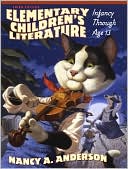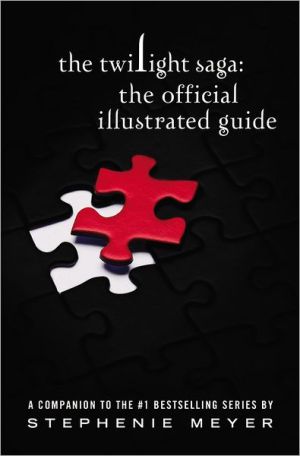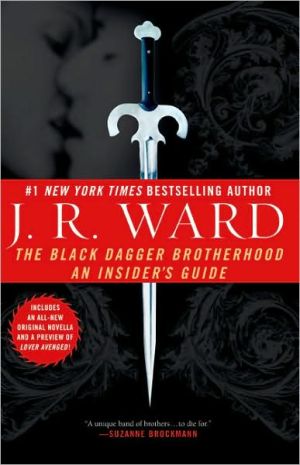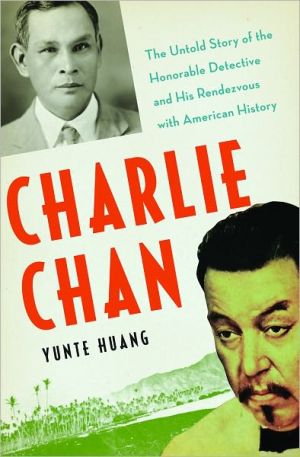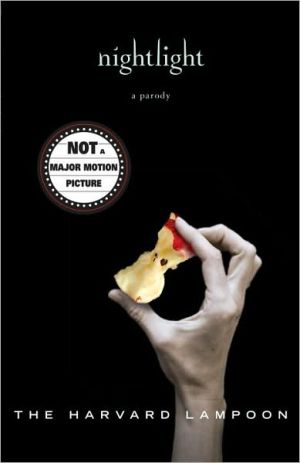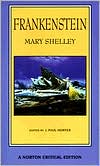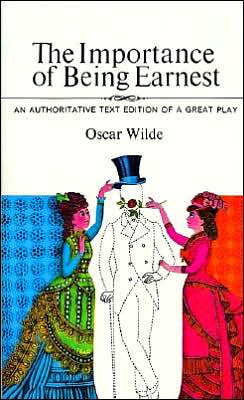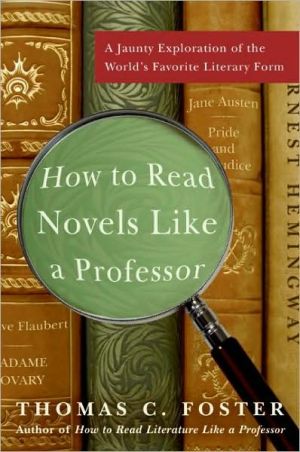Elementary Children's Literature: Infancy through Age 13
Search in google:
Newest trends, classic tales. . . This unique reader-friendly book presents general children’s literature content as well as including information about hundreds of the best books in children’s literature today. Organized around genres, Elementary Children’s Literature: Infancy through Age 13, Third Edition features works by minority authors and illustrators—not just a chapter about minorities. The author ties in literature across the curriculum, includes discussion topics on current issues, presents technology applications throughout the text, and includes Literature Response boxes in each chapter. Chapters open with attractive illustrations that are then discussed within a chapter devoted to the art in children’s books. This literature methods text is filled with teaching strategies that make it a must-have resource for teachers and parents of children from infancy through age 13. Exciting features new to this edition: End-of-chapter summaries recap the key content in each chapter. A six-page insert of full-color illustrations showsreaders the beauty and quality of the illustrations in children’s books. The author shares her favorite books, selected over a 30-year career from many hundreds of books she has read. Outstanding authors in each genre are featured in boxes that highlight their works. Reviewers and Students Rave: “[My] students felt overwhelmingly that this was one of the most readable and well organized textbooks they’ve encountered. They really benefited from the consistent boxes ‘Responding to Literature,’‘Integrating Literature and Technology,’ etc. in each chapter.” — Jill Hughes, Casper College “Anderson clearly has extensive experience, and has read sensitively and well. I’m impressed with the many practical and useable teaching ideas. Elementary Children’s Literature is practical and wise. It’s clearly and concisely written, presents useful discussions of genres and specific texts in these genres, and suggests a variety of ways to share literature with children.” — Harold Nelson, Minot State University “One strength of this book is its ability to capture the students. I love the tone Anderson has chosen to impart her knowledge. It is written in a reader-friendly fashion. It is less ‘textbook-like,’ less didactic, and feels more like a conversation with the author.” —Traci P. Baxley, Florida Atlantic University
Contents Preface xiii Part One Entering the World of Children’s Literature 1 Chapter 1 Introduction to the World of Children’s Literature 1 Defining Literature for Children 2 The Birth of Modern Children’s Literature 4 Book Illustrations 7 The Genres of Literature 8 The Dewey Decimal System 9 Book Formats 11 Picture Books 11 Easy-to-Read Books 12 Illustrated Books 13 Graphic Novels 13 Chapter Books 14 Hardcover Books 14 Paperback Books 15 Grocery Store Books 15 Series Books 17 The Value of Children’s Literature 18 Prereading Schema Building 20 The Process of Schema Building 20 Modeling the Process 22 Summary 24 Chapter 2 Elements of Quality Children’s Literature 26 Book Awards 27 Newbery Medal 27 Caldecott Medal 27 v vi Contents Laura Ingalls Wilder Medal 28 Hans Christian Andersen Award 29 Children’s Choices and Teachers’ Choices 29 Literary Elements 30 Characters 31 Point of View 31 Setting 34 Plot 35 Theme 37 Style 38 Tone 39 Responding to Literature 39 Reader Response Theory by Gloria Houston 40 Literature Circles 42 Developing a Classroom Library by Susan E. Knell 42 Summary 44 Chapter 3 The Art of Illustration 46 Evaluating Illustrations 47 The Union of Art and Text 47 Visual Elements of Artistic Design 48 Space 48 Line 49 Shape 49 Color 49 Texture 50 Scale and Dimension 51 Composition 51 Artistic Styles 52 Artistic Media and Techniques 55 Painting 55 Drawing 56 Other Techniques 56 Integrating Visual Artand Literature by Janet C. Richards 58 Responding to Literature by Donna Stewart 59 Summary 60 A01_ANDE000_SE_03_FM.QXD 11/7/08 5:05 PM Page vii Contents vii Chapter 4 Early Childhood Books 62 Books of Early Childhood 63 Board Books 63 Concept Books 64 Pattern Books 74 Wordless Picture Books 75 Motivating Children to Become Lifelong Readers by Susan E. Knell 77 Summary 79 Chapter 5 Traditional Literature 80 Evaluating Traditional Literature 81 History 82 Characteristics 84 Themes of Traditional Literature 87 The Subgenres of Traditional Literature 89 Myths 89 Fables 92 Ballads and Folk Songs 94 Legends 96 Tall Tales 97 Fairy Tales 98 Cinderella Stories 106 Traditional Rhymes 107 Summary 110 Part Two The Boundless World of Fiction 111 Chapter 6 Modern Fantasy 111 Evaluating Modern Fantasy 112 Page viii viii Contents The Beginnings of Fiction and Modern Fantasy 113 Hans Christian Andersen 113 Types of Fantasy 115 Animal Fantasy 116 Literary Fairy Tale 116 Animated Object Fantasy 118 Human with Fantasy Character 121 Extraordinary Person 122 Enchanted Journey 125 High Fantasy 128 Supernatural Fantasy 132 Science Fiction 134 Unlikely Situation 137 Summary 139 Chapter 7 Animal Fantasy 144 Evaluating Animal Fantasy 147 Milestones in Animal Fantasy 147 1877: Black Beauty: The Autobiography of a Horse by Anna Sewell 147 1894: The Jungle Book by Rudyard Kipling 147 1901/1902: The Tale of Peter Rabbit by Beatrix Potter 148 1903: The Call of the Wild by Jack London 148 1908: The Wind in the Willows by Kenneth Grahame 148 1929: Bambi: A Life in the Woods by Felix Salten 149 1939: Rudolph the Red-Nosed Reindeer by Robert L. May 149 1941: Make Way for Ducklings by Robert McCloskey 150 1942: The Poky Little Puppy by Janette Lowrey 150 1952: Charlotte’s Web by E. B. White 150 1957: The Cat in the Hat by Dr. Seuss 150 Types of Animal Fantasy 151 Type I: Anthropomorphic Animals in an All-Animal World 152 Type II: Anthropomorphic Animals Coexisting with Humans 156 Type III: Talking Animals in Natural Habitats 160 Type IV: Realistic Animals with Human Thinking Ability 162 Summary 164 Contents ix Chapter 8 Multicultural Literature 168 Evaluating Multicultural Literature 170 Categories of Multicultural Books 171 Culturally Neutral Books 171 Culturally Generic Books 172 Culturally Specific Books 172 Misrepresentation of Culture 173 Latino Literature by Alcione N. Ostorga 176 African American Literature by Sabrina A. Brinson 181 Asian American Literature by Ni Chang 186 Native American Literature 192 Literature of Religious Cultures 195 International Literature 196 Summary 200 Chapter 9 Contemporary Realistic Fiction 201 Evaluating Contemporary Fiction 202 Characteristics of Contemporary Realistic Fiction 202 Censorship by Jenifer Jasinski Schneider 203 Selecting versus Censoring 205 Themes 206 Bibliotherapy by Dan T. Ouzts and Mark J. Palombo 208 The Purpose of Bibliotherapy 209 Guidelines for Using Bibliotherapy 209 Families 212 Traditional Families 212 Nontraditional Families 214 Dysfunctional Families 215 Abandoned Children 215 Friendship 216 Contents x Humor 218 Adventure 219 Mystery 222 Social Reality 224 War 224 Homelessness 225 Poverty and Child Labor 226 Gangs and Crime 226 Racism 226 Personal Issues 227 Animals 229 Summary 230 Chapter 10 Historical Fiction 235 Evaluating Historical Fiction 235 Characteristics of Historical Fiction 235 Biographic Historical Fiction 236 Researching Historical Fiction 238 Scott O’Dell Award 239 Periods Depicted in Historical Fiction 239 Ancient Times 239 Medieval Times 240 Colonial Times 241 Revolutionary Era 242 Early Frontier Era 243 Civil War Era 247 Post—Civil War Frontier Era 248 World War I Era 250 Great Depression Era 251 World War II Era 253 Post—World War II Era 255 Civil Rights Movement 255 Enhancing Curriculum with Historical Fiction by Sharon Smith 259 Summary 261 Contents xi Part Three Discovering the World through Nonfiction 264 Chapter 11 Biography and Autobiography 264 Evaluating Biography 266 Reading Biographies for Pleasure 267 Types of Biography 268 Authentic Biography 268 Fictionalized Biography 272 Forms of Biography 273 Complete 273 Partial 274 Picture Book 275 Collective 275 Integrating Biography with the Study of History 276 Enhancing Curriculum with Biography by Sharon Smith 276 Summary 279 Chapter 12 Informational Books 281 Evaluating Informational Books 283 Characteristics of Informational Books 284 Enhancing Curriculum with Informational Books 285 Building a Foundation for Content Area Reading 287 Graphic Organizers 288 Summary 294 Chapter 13 Poetry and Verse 296 Evaluating Poetry and Verse 298 Characteristics of Poetry and Verse 298 Rhythm and Rhyme 298 Language 299 xii Contents Forms of Poetry 300 Poetry in Our Culture 302 NCTE Award for Excellence in Poetry for Children 303 Developing Love (or Hate) for Poetry 303 Ways to Teach Kids to Hate Poetry 303 Ways to Encourage Kids to Love Poetry 304 Types of Poetry Books 306 The Value of Poetry in the Classroom by Georgann C. Wyatt 306 Summary 309 Chapter 14 Teaching Reading through Literature 312 Reading Aloud to Children 313 Questioning Guidelines 314 Listening—Prediction Activity 314 Sustained Silent Reading 317 Reading Instruction with Trade Books 317 Children’s Oral Reading 319 Individual Oral Reading 319 Group Oral Reading 320 Guided Silent Reading 321 Reading—Prediction Activity 321 Guided Reading Activity 322 Implementing a Yearlong Literature Program 325 Organizing Reading Instruction by Genres 325 Organizing Reading Instruction Thematically 326 Summary 332 Glossary 335 References 342 Name and Title Index 000 Subject Index 000 Credits 000
